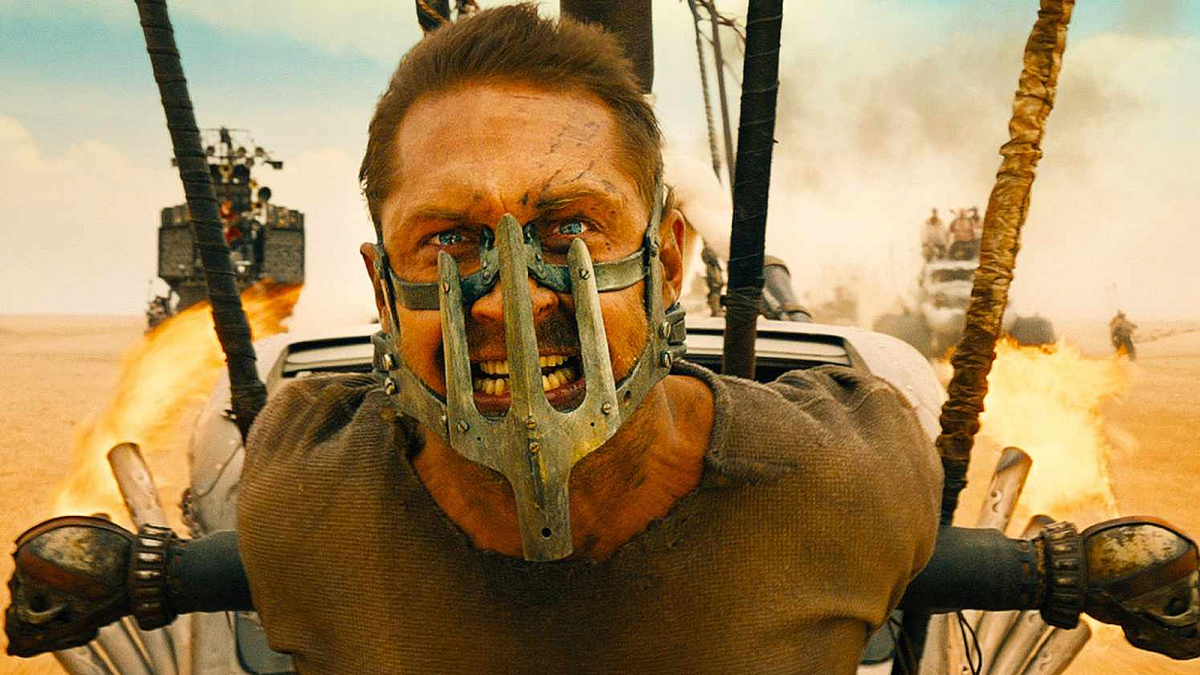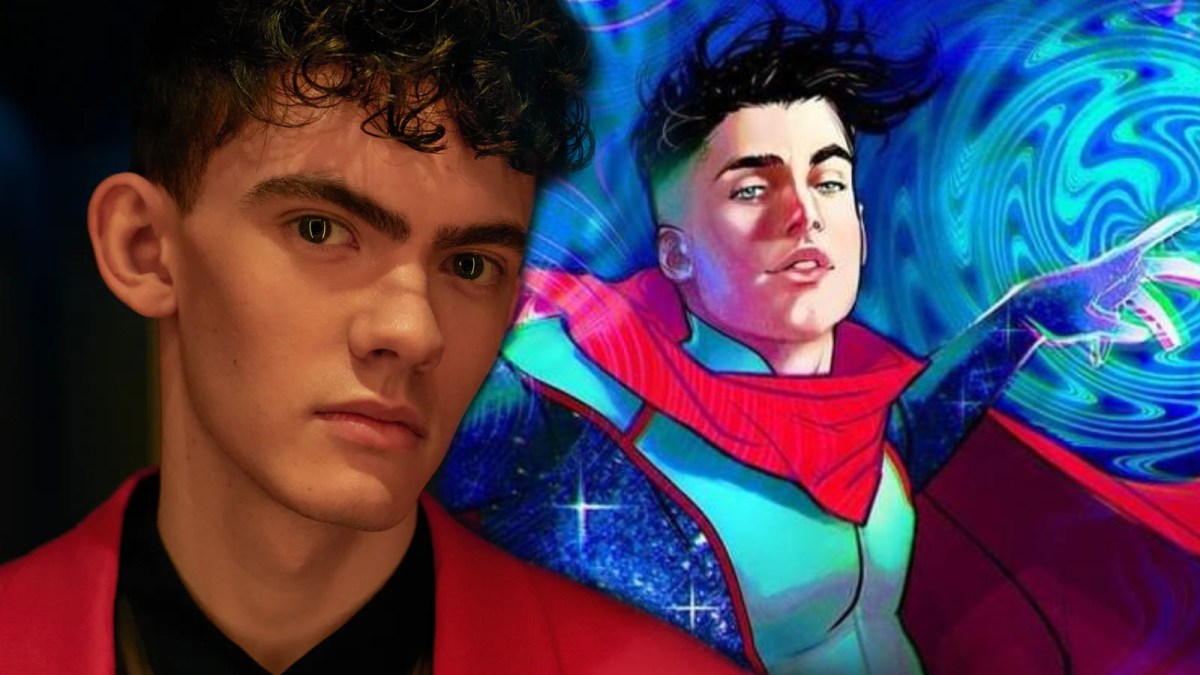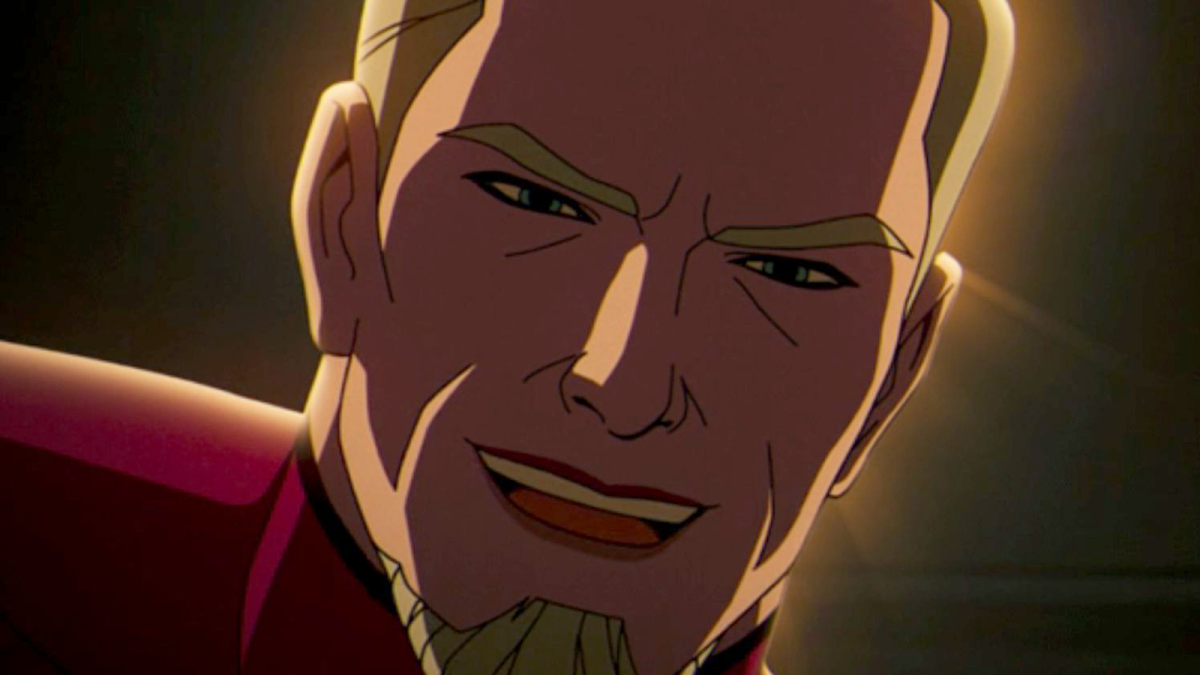If nothing else, Zack Snyder’s Justice League corrects a severe wrong.
One of the big debates over the past few years concerns the transformation of “art” into “content,” as entertainment is increasingly programmed to appeal to hypothetical viewers based on algorithms and data models rather than deriving from any distinctive or unique vision. This is not a new debate by any measure, but it has reached fevered intensity in the era of “peak content.” It is no surprise that this happens in an era that has rejected the idea of artistic vision for corporate fandom.
Zack Snyder is a divisive filmmaker, to say the least. It would be contentious or absurd to credit Snyder with making “art,” as if to imply that he towers over other working creators. (That said, one has to admire his suggestion of a First Cow and Zack Snyder’s Justice League double bill.) However, whatever one thinks of Snyder’s work, he does not produce content. In contrast, the version of Justice League that limped into cinemas in November 2017 was nothing but “content.”
The details of Snyder’s departure from the project have been replayed so many times as to be barely worth revisiting. Snyder was hired to direct the Superman reboot at Warner Bros., which would become Man of Steel. He then directed its sequel, Batman v. Superman. The plan was reportedly for these two films to serve as a springboard to an entire Justice League trilogy. However, like many other companies trying to launch a shared universe, Warner Bros. saw its plans run aground.
Man of Steel was commercially successful but critically troubled. Batman v Superman made over $100M profit but failed to break the billion-dollar mark that serves as a modern threshold of success for these sorts of projects. Beyond that, critics were scathing in their assessment of the film. Perhaps most revealingly, the film became a pop culture punchline and provoked a somewhat extreme reaction from certain fans online with some arguing the film was “a crime against comic book fans.”

Warner Bros. panicked. It immediately began courting internet film journalists, assuring them on set visits that Justice League would be a more conventional project – that it would “go full Marvel.” In March 2017, Snyder and his family suffered a tremendous personal tragedy when their daughter Autumn took her own life. In May 2017, Zack and Deborah Snyder stepped away from Justice League to be with their family. “We just lost the will to fight that fight in a lot of ways,” Zack recalled.
Warner Bros. used Snyder’s departure as an opportunity to replace him with Joss Whedon. This spoke to the desire to go “full Marvel,” as Whedon had been one of the chief architects of the Marvel Cinematic Universe. He had directed The Avengers, which had become a model for studios hoping to build their own shared universes. Whedon had parted ways with Marvel Studios over arguments concerning Avengers: Age of Ultron, but Warner Bros. was glad to have him on board.
Whedon’s work on Justice League was troubled. Actor Ray Fisher would later accuse Whedon of “gross, abusive, unprofessional, and completely unacceptable” behavior on the set. Gal Gadot had her own experience with Whedon that “wasn’t the best.” Warner Bros. would subsequently launch an investigation that would take vague and unspecified “remedial action.” After Fisher’s accusations, Charisma Carpenter would come forward with her own account of Whedon’s earlier unprofessional behavior towards her on Buffy the Vampire Slayer and Angel. Others backed her up.
Whedon’s work on Justice League was the very definition of “hack” work. Warner Bros. CEO Kevin Tsujihara had reportedly insisted on a runtime of under two hours, and the bulk of the movie was restructured around that instruction. Indeed, there are moments in which Whedon’s Justice League is staggeringly passive aggressive to the director he replaced, a man who lost his daughter. The writing and directing credits are laid over a homeless man with a sign reading, “I tried.”

Whedon’s Justice League radiates contempt: contempt for itself, contempt for the people who worked on it, contempt for the audience watching it. It’s a stunningly lazy film. The theatrical cut of Justice League was very clearly and very aggressively restructured to emulate the model that Marvel Studios had employed with its movies, particularly the use of ironic reference and attempts at awkward banter; characters cannot get over how “tall” the villainous Steppenwolf (Ciarán Hinds) is.
Watched four years later, Justice League illuminates one of the core cultural fault lines. There’s a lot of debate about the impact that Marvel Studios has had on the pop culture landscape, and it’s easy to read that as a reflection on the films themselves. It’s not; many of those films are great and beautiful. It’s more a reflection of how Marvel Studios has warped the cultural landscape around itself, becoming ubiquitous and inescapable.
The success of the Marvel Cinematic Universe fundamentally altered the X-Men movies produced by Fox, with Dark Phoenix serving as an extended metaphor for how the property was trapped in a mode of superheroism defined by the MCU. Justice League offered something similar. Snyder’s weird and bold vision in Man of Steel and Batman v. Superman had panicked the studio to such an extent that the only thing that it could think to do was to offer a pale imitation of Marvel’s model.
Justice League has nothing to offer its audience but nostalgia, the faintest memory of a meal that they probably enjoyed decades ago, lifelessly regurgitated and clumsily reheated. The biggest changes that Whedon made to Snyder’s Justice League were nostalgia-based. In some ways, Whedon’s edit on Justice League prefigures the nostalgia-baiting that would shape Star Wars: The Rise of Skywalker, a transparent and patronizing appeal to the most conservative and most staid of fans.

Familiarity was key. Snyder had structured the emotional arc of the film around Cyborg (Ray Fisher), but Whedon cuts it back into a generic Batman (Ben Affleck) story – because audiences like Batman. Snyder’s climax made a point to give a key role to the Flash (Ezra Miller), but Whedon recut it so that the Flash is constantly upstaged by Superman (Henry Cavill). Snyder’s climax emphasized the entire team. Whedon’s climax assured nostalgic audience members that Superman was all that counted. He even wears his classic blue costume, rather than the black one Snyder intended, because it was “more appropriate.”
This nostalgia is obvious even listening to the score. Whedon replaced composer Tom Holkenborg with Danny Elfman, who peppered the score with nods to his own themes from Tim Burton’s Batman and John Williams’ score from Richard Donner’s Superman to tickle the audience’s nostalgia receptors. Elfman recalls that this was an explicit instruction from his director, “Joss said, ‘Let’s do it [Batman’s theme] on the nose. Fans love this kind of stuff.’” It’s that thing that fans recognize, so it must be good.
The theatrical cut of Justice League invited fans to gorge themselves like pigs at a nostalgia trough. Box office metrics do not correlate to quality, but it was at least somewhat satisfying when the film earned less than either Man of Steel or Batman v. Superman, reportedly failing to turn a profit. Its failure may have saved Warner Bros., perhaps reinvigorating the company’s interest in bold and distinctive takes on its heroes, encouraging films as distinct as Aquaman, Shazam!, Joker, and Birds of Prey.
This might explain why the reception to Zack Snyder’s Justice League has been so different in tone to the reception to Man of Steel. Rather than trying to copy a model that works for a different company or blindly invoke the fan memory of earlier projects, Zack Snyder’s Justice League foregrounds its director’s distinctive sensibility. It arrives at a time when this sort of boldness is rare in movies on this scale, and it wears it proudly – the title even includes the director’s name like a signature.

“This four-hour cut is the kind of brazen auteurist vision that Martin Scorsese was calling for when he complained (rightly) that most modern superhero movies don’t resemble cinema as he’s always understood and valued it,” contended Matt Zoller Seitz at RogerEbert.com. At The Telegraph, Robbie Collin described it as “the last word on Hollywood’s comic-book blockbuster phase, however many more years the industry manages to wring out of it.” At Variety, Owen Gleiberman suggested that the film achieved “a genuine sweeping transcendence” matched by few other entries in the genre.
Personally, I wish that I felt that enthused by Zack Snyder’s Justice League. It is a bold and fascinating film, by turns thrilling and sweeping, but one burdened by an excess of exposition and occasionally forays into gratuitous fan service while feeling significantly less provocative and striking than either Man of Steel or Batman v. Superman. (Here’s my review.) Still, that change in tone of critical response to the idea of a director’s strong and distinctive vision is welcome and heartening.
Zack Snyder’s Justice League is personal in a way that few movies at that level are allowed to be. It closes with a dedication, “For Autumn.” At one point, as the Flash and Batman drive out of a scene, the screen is taken up by a gigantic billboard for the American Foundation for Suicide Prevention, the charity for which Snyder and his fans did a lot of fundraising. The film’s closing credits include Allison Crowe’s rendition of Leonard Cohen’s “Hallelujah,” a song derided by some commenters when used in the film’s trailer, but which was played at Autumn Snyder’s funeral. There’s something very personal and intimate in all this.
Whatever its flaws, Zack Snyder’s Justice League is more than mere “content,” which makes it immeasurably superior to the original theatrical cut. In an industry where “content” is often treated as an end worthy of itself, it is refreshing to see a mistake undone.





